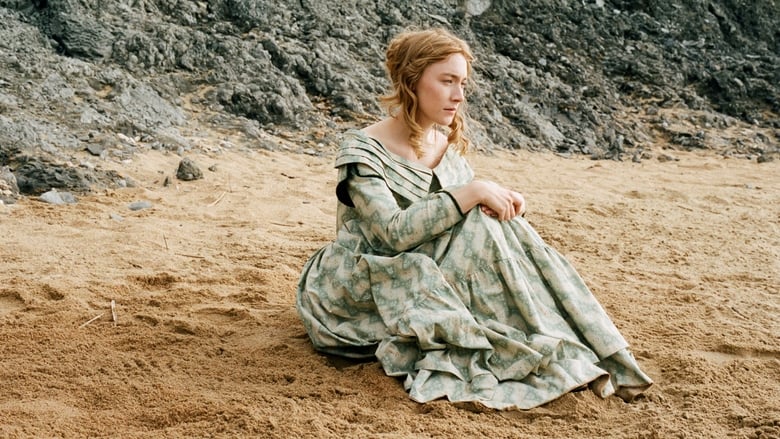

I'll credit the filmmakers for at least tacking on a resolution that amounts to more than "woman returns to husband and they can never ever be together again because Evil Patriarchy." There is an ending but it's not that much better than the two of these women sadly parting knowing they'll never see one another again and that this brief time together will remain precious. Looking back from its completion, it appears that each woman seems to misread the other person and what their intimacy has meant. Part of this is because it takes so long to get there and also because their coupling seems, in retrospect, to be completely surface-level in personal meaning. I don't feel like I gained any more insight into either Charlotte or Mary when they were together. This person should unlock something within. They should be more interesting together, plain and simple. These two women should be able to unwind with one another, open up, become their true selves the rest of the world is denied, something that cannot be manifested separately. This stark, stately, and tight-lipped style of writer/director Francis Lee (God's Own Country) smothers the resulting romance and drama at play.
#WATCH AMMONITE ONLINE MOVIE#
To that end, the movie has established a favorable threshold to succeed and yet it still falls short. We're begging for these characters to find something with one another because the world, as depicted, is bereft of life and excitement. The characters go about their dreary lives that you, as the viewer, are begging for some renewed life to emerge. This dreary life is effectively conveyed and saps the movie's energy. It's all grey skies, grey pebbles, grey shores, grey bonnets, grey leggings, grey carts, grey houses, grey this, grey that, irrepressible grey. This muted color palette and tone extends to everything about the movie. It feels like we're only at this point out of boredom and a lack of better options.įor a movie about repressed passions, Ammonite is decidedly grey. Charlotte is recoiling from a personal tragedy and an absent husband, but why do these two feel any spark of romance for one another in this oppressively drab setting? There's more intense heat between Winslet and her fossils than with Ronan. There are mentions about her career and the satisfaction it provides but much of it is kept as generalized motivation, a woman making a name for herself in a man's world. She's been hurt in the past with a previous gay romance (an underused Fiona Shaw) so likely gun-shy about risking vulnerability once more. Neither is a very interesting character, especially Mary, who is very private and closed-off. I cannot tell you why either Mary or Charlotte fall for one another. This was not the case for me with Ammonite. This was the case for me with Portrait of a Lady on Fire. Repressed romances work best when you feel the connection between the characters, a growing hunger or desire, and you're compelling them together from afar. Charlotte wants to learn from Mary but Mary is more annoyed, and yet the two lonely women find a kinship in one another that turns into a romantic courtship neither knows where it will lead. Her life is turned upside down when Charlotte (Saoirse Ronan) becomes her boarder while recuperating from some melancholia following a miscarriage. She spends her days digging up fossils along the rocky shore of her small town, caring for her aging mother, and keeping to herself. In 1840s England, Mary Anning (Kate Winslet) is a nationally renowned paleontologist. It would be hard for many films to compete in direct comparison, and as such Ammonite can't compare.

In all fairness, Portrait of a Lady on Fire was one of the best films of 2019 and deeply emotional, romantic, and sumptuous. Rating: R (Graphic Sexuality|Brief Language|Some Graphic Nudity)įair or unfair, my mind kept comparing Ammonite to 2019's Portrait of a Lady on Fire, another period film about repressed women, furtive expressions of forbidden love, and isolation-fueled intimacy, and Ammonite was inferior in every regard. Proud and relentlessly passionate about her work, Mary initially clashes with her unwelcome guest, but despite the distance between their social class and personalities, an intense bond begins to develop, compelling the two women to determine the true nature of their relationship. When a wealthy visitor entrusts Mary with the care of his wife Charlotte Murchison (Saoirse Ronan), she cannot afford to turn his offer down. With the days of her famed discoveries behind her, she now searches for common fossils to sell to tourists to support herself and her ailing mother. In 1800s England, acclaimed but unrecognized fossil hunter Mary Anning (Kate Winslet) works alone on the rugged Southern coastline.


 0 kommentar(er)
0 kommentar(er)
